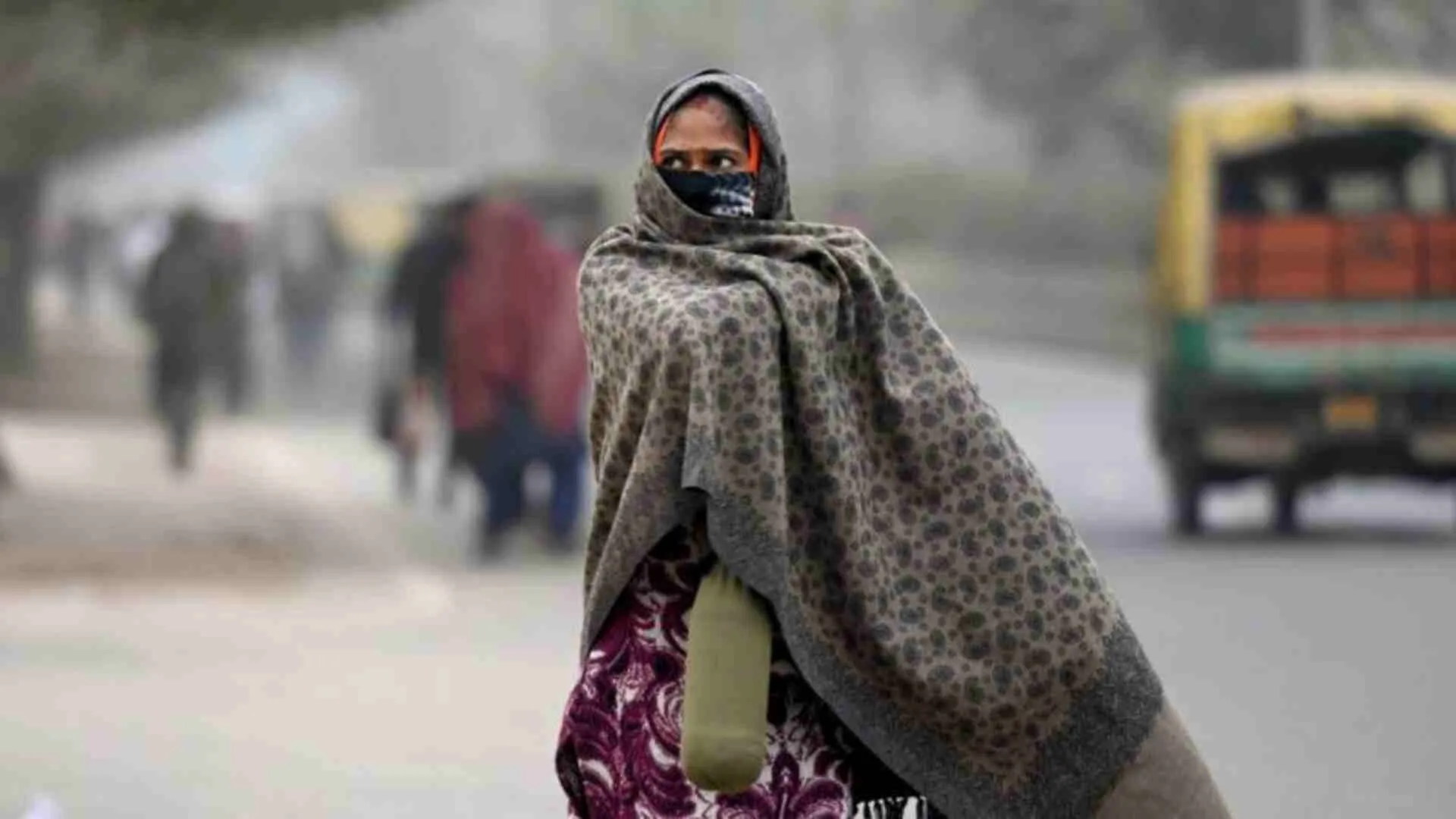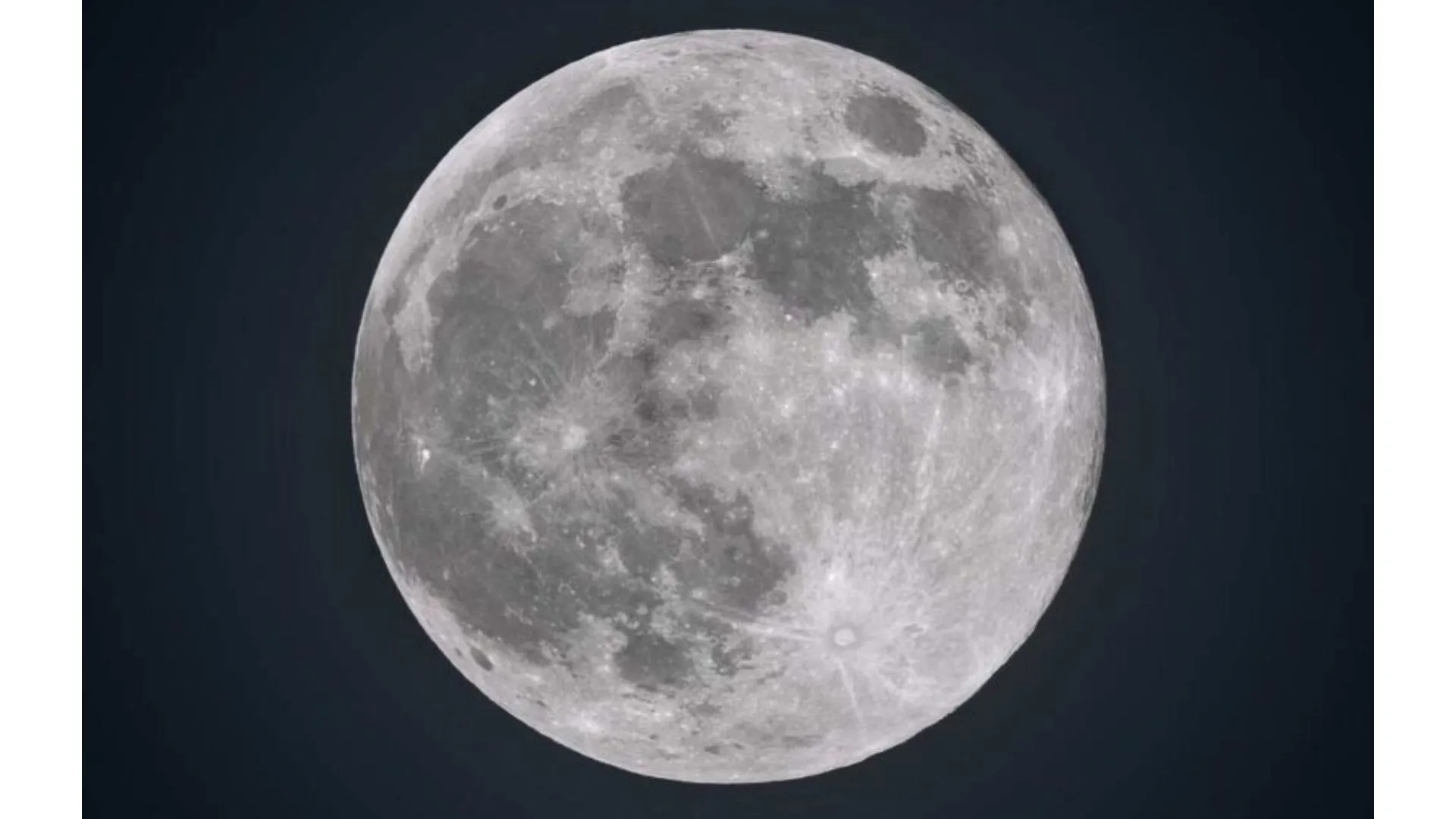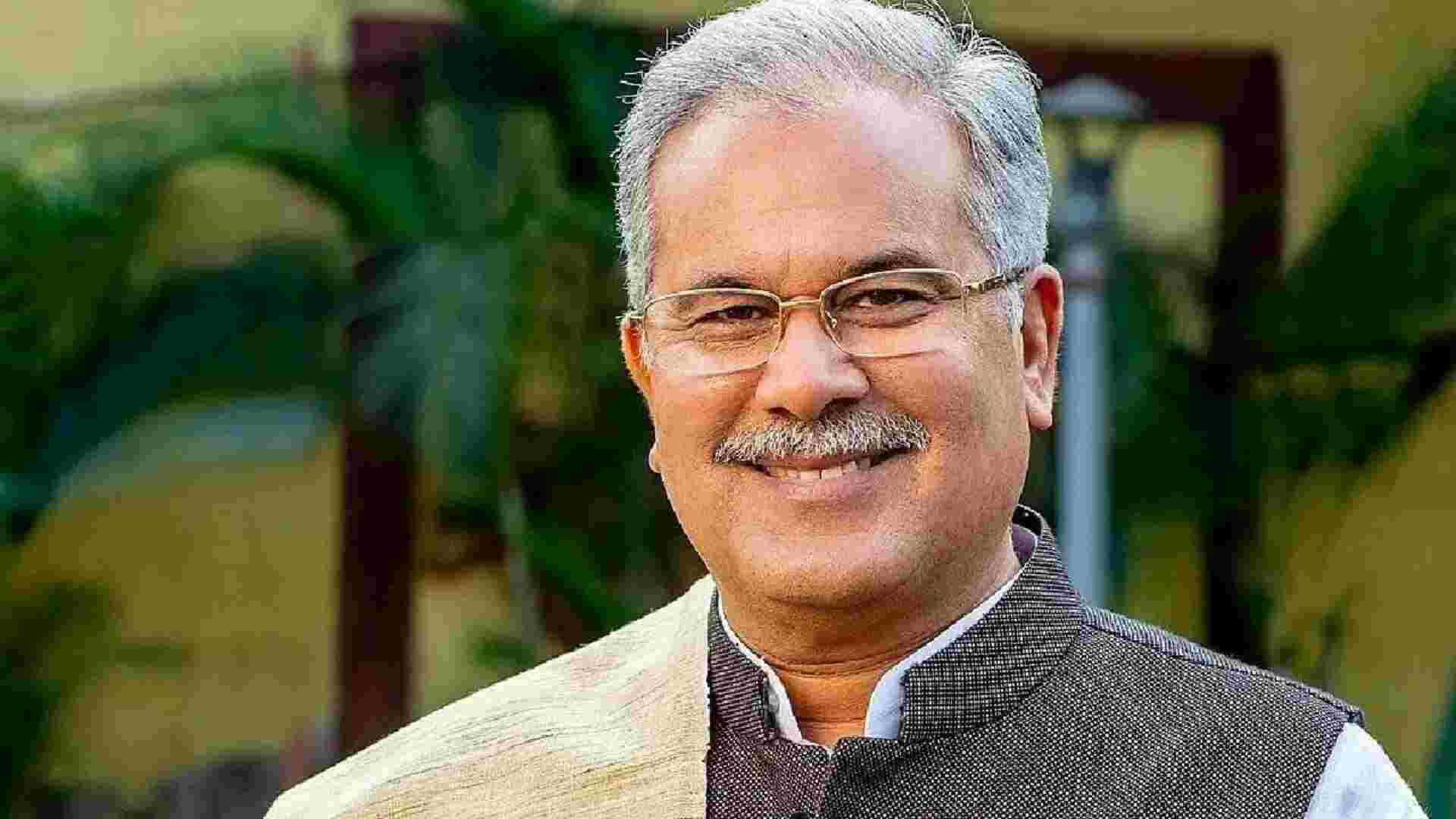The events of the past six months, driven by the emergence of Covid-19, have changed all of our lives for a very long time to come. With about 25 million confirmed cases and more than 800,000 deaths globally, the response to this disease has been on a scale never seen before. Over half of the world’s population have (or currently) lived through lockdown; empty airports, stadiums, schools, religious places, city centres and offices have become the norm. Millions have lost their jobs and the economic consequences of this event will likely play out for many more years.
But how necessary was this pain and suffering? Was any of it predictable? And could it have been avoidable? The answer I am sorry to say is yes. For many years, scientists around the world have warned governments and citizens of the consequences of rising greenhouse gas emissions and the link between the climate crisis and global health — but for the vast part their cries fell upon deaf ears.
Man-made greenhouse gas emissions have increased since the pre-industrial era, driven largely by our economic and population growth. This has led to the highest atmospheric concentrations of carbon dioxide, methane and nitrous oxide in at least the last 800,000 years. Several reports published by the Intergovernmental Panel for Climate Change (IPCC) have, year after year, demonstrated successive record breaking events across a range of geological parameters.
In the last century, the world has warmed by approximately 0.75 degrees Celsius, with each of the last three decades being successively warmer than any preceding decade since 1850. Since the beginning of the industrial era, oceanic uptake of carbon dioxide has resulted in a 26% increase in acidity. Ocean warming has resulted in a greater number and severity of tropical storms and rain patterns. The annual mean sea-ice extent has been reducing at a rate of around 4% per decade in the Arctic, decreasing the ice sheet depth in every season since 1979. Over the period 1901 to 2010, the global mean sea level has risen by an average of 19 cm.
Though many people still view the climate crisis as a geographic and physical phenomenon, there is a very real human and biological side too, with a host of related global health issues (Covid-19 is the biggest example of this). If left unchecked, the climate crisis will cause hundreds of millions of deaths across the world in the coming decades.
According to the World Health Organization (WHO), taking into account only a subset of the possible health impacts, and assuming continued economic growth and progress in public health, climate change is expected to cause approximately 250,000 additional deaths per year between 2030 and 2050; 38,000 due to heat exposure in the elderly; 48,000 due to diarrhea; 60,000 due to malaria; and 95,000 due to malnutrition in children, estimates which pre-date the occurrence of Covid-19. This does not include the immeasurable deaths that will occur due to extreme climate events and forced migration (patterns which are playing out across Europe and the Middle East).
Broadly speaking, the effects on our health can be divided into four main categories.
- Heat stroke and cardiovascular diseases
Increased cardiovascular disease especially in ‘Urban Heat Islands’ (UHI) where the city centre temperature can rise up to 5 degrees Celsius higher than surrounding areas. This pattern has been seen in Europe for the past two summers, driven by higher than usual heat waves, and is especially true for the elderly vulnerable population. Modelling done by the London School of Hygiene & Tropical Medicine has reported that heatrelated deaths would be expected to rise by around 257% by the 2050s from its current level.
- Air pollutants and Respiratory disorders
With a rise in air allergens, decrease in air quality and rising ozone levels, respiratory conditions — which already affect 334 million people with asthma and 210 million people with Chronic Obstructive Pulmonary Disease (COPD) globally — will be exacerbated. India, which has 22 of the top 30 most air polluted cities in the world, saw a spike in respiratory disorders last year in its National Capital Region (NCR) driven by abnormally lower Air Quality Index (AQI) scores resulting from the falling winter temperatures and increased crop burning and fossil fuel emissions.
- Vector Borne and Zoonotic diseases (VBZD)
VBZDs are infectious diseases, the transmission of which involves either animal hosts or vectors serving as reservoirs for human pathogens as they move between species. India is already home to some of the highest rates of malaria, dengue and chikungunya cases globally and is seeing an elevation of numbers due to the increasingly severe monsoon patterns and temperature changes. Zoonotic disease outbreaks are the result of man versus nature conflicts, largely driven by anthropogenic changes. As humans alter their patterns of land use for agriculture, trade, livestock rearing, and travel, these pathogens have an opportunity to cross species and establish localised emergence. This vector of transmission already accounts for 60% of all disease and 75% of new emerging infections; the prevalence of which is rising due to increasing pressures and speed of transmission. The novel coronavirus SARS-CoV-2 is itself thought to have possibly originated in a wet market in eastern China and the majority of recent major human infectious disease outbreaks worldwide such as SARS, MERS and HIV/AIDS, originated in animals.
- Malnutrition through food and water
According to the United Nations Development Programme, some 3.7 billion people worldwide are currently malnourished. Extreme weather events will directly damage or destroy crops and other food supplies, as well as interrupt transportation chains. Food and water can also be a source of exposure to illnesses, resulting from the ingestion of microbes, chemical residues (such as pesticides, biotoxins) or other toxic substances. With a rise in the number of natural disasters and changing weather patterns, there will be a reduction in the supply of fresh drinking water. The WHO already estimates there are approximately 760,000 child deaths annually due to diarrheal diseases, and this huge number will only be compounded by the rise in floods, droughts and famines that climate change will bring.
In 2016, the people of the world cheered their own fate and that of future generations in Paris, as 157 world leaders from 196 countries crafted the climate accord, which could have once and for all addressed the impact of climate change on our planet. Whilst we have made some progress, we still have a very long way to go.
The global response to Covid-19 has shown us that the international community can come together and create a synchronised, unprecedented, mitigation response when faced with a systemic threat. Multiple stakeholders have joined forces to focus on producing an antidote to this virus, on a scale never seen before in history. If we can work together to achieve these goals now, then surely our human spirit of cooperation and excellence will allow us to create a remedial response to the climate crisis. To turn the clock back on our current unsustainable way of life and create a world which we are not dependent on oil and natural gas and one where we live within our means to create a lasting legacy for mankind which we can be proud of.
Dr. Marcus Ranney is a global thought leader in health and wellbeing. A Senior Fellow at the Atlantic Council, he also volunteers as a frontline medic in the fight against Covid-19. Edited by: Ambika Hiranandani.























